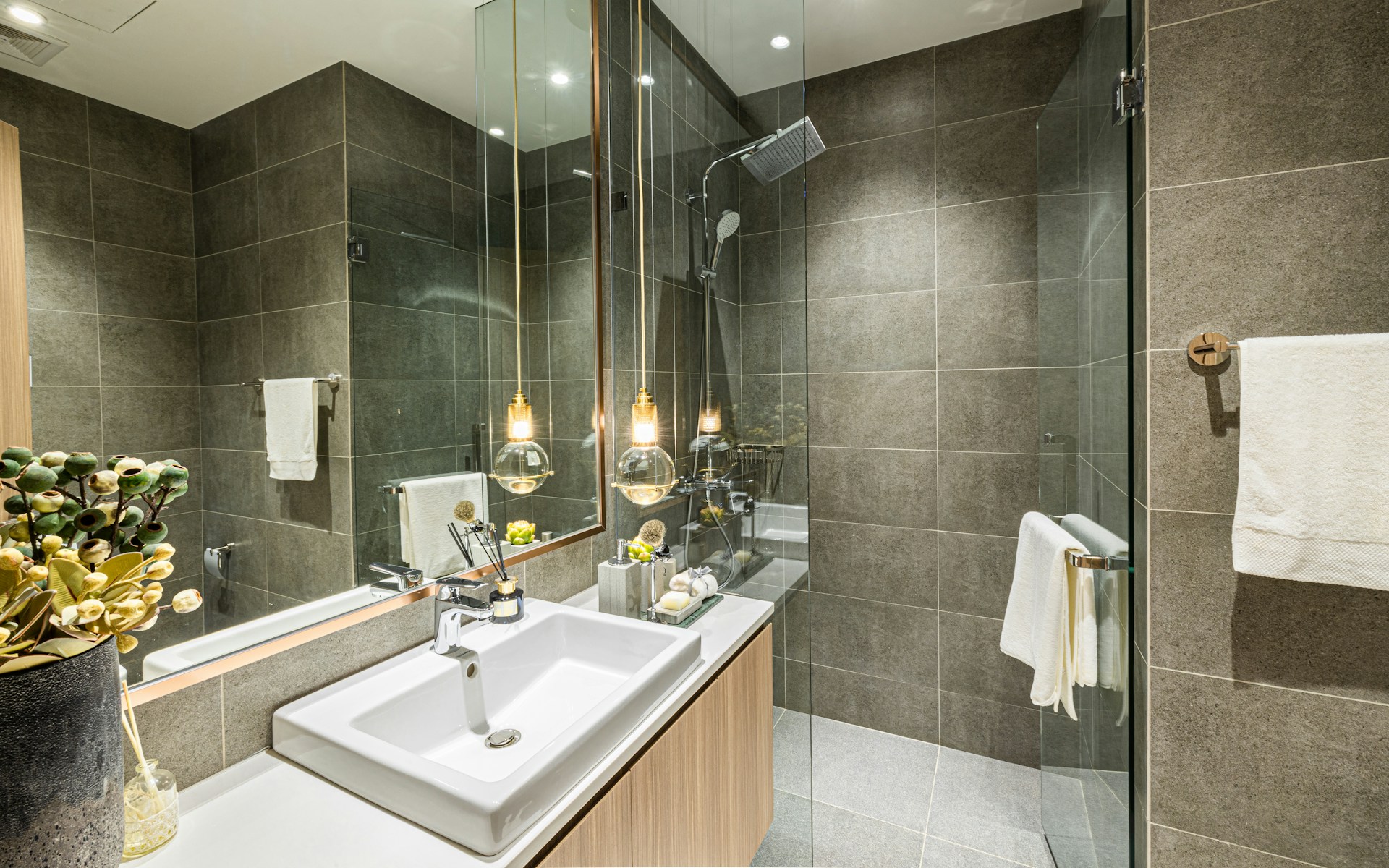Choosing the Right Shower Diverter Valve for Your Plumbing System
When planning to renovate your bathroom or replace old plumbing fixtures, most homeowners neglect to consider one important piece of hardware: the shower diverter valve. This valve is a small device, usually fitted in walls or fixtures. This valve is responsible for controlling how your water flows and is directed between different outlets, such as your tub spout and showerhead.
Selecting the right shower diverter valve ensures best performance, long-term durability, and easy installation.
In this blog, we will guide you through the most important factors to consider while selecting the proper diverter valve according to your particular plumbing system, including types, compatibility, and other key factors.

What Is a Shower Diverter Valve?
A shower diverter valve is an accessory plumbing item that switches water supply from one spout to another when you turn the knob. It typically goes in tub-shower combination configurations and allows you to switch between the tub spout and the showerhead.
For more advanced systems, diverter valves can divert the water supply to body sprays, handheld showerheads, or rain showerheads. When you turn a knob, push a button, or turn a handle to transition from the bath to the shower, you're activating the diverter valve.
Common Types of Shower Diverter Valves
The different types of diverter valves serve different purposes. So, below, let's check some of the most common styles:
1. Single-Valve Diverter
This is the simplest and most common type of diverter. Found in the tub spout, it operates by moving up a tiny knob to divert water from the shower to the tub. After turning off the water, the valve reseats, and water returns to the tub by default.
- Best for: Low-key bath/shower combinations
- Installation: Inexpensive and straightforward
2. Two-Valve Diverter
Standard in older homes, this style utilizes individual knobs to control hot and cold water. The direction of the flow is controlled by a third handle or lever.
- Recommended for: Vintage installations or classic bathroom designs
- Installation: Moderate difficulty
3. Three-Valve Diverter
There are three distinct controls in this system, one for each hot and cold water, and one for diverting the water. It offers assistance in maintaining temperature and water flow.
- Best for: Highly advanced shower systems
- Installation: Requires a professional to install
4. Transfer Diverter Valve
These are best for multi-function showers as they enable water to be routed to more than one fixture at a time. For example, you can use a handheld sprayer and a ceiling shower at the same time.
- Best for: Spa-style or modern showers
- Installation: Sophisticated; professional installation is advisable
How to Choose the Right Shower Diverter Valve
There are so many diverter valves available in the market, which makes it difficult for you to choose one. Therefore, below are the key factors that you can consider.
1. Know Your Plumbing Setup
Determine if your existing plumbing is single-handle, double-handle, or something more complicated. Also, determine if your plumbing is hidden behind the wall or exposed. Your existing arrangement will usually determine what diverter valve you can install without major rework.
2. Match the Valve to Your Shower System
If you simply have a shower and tub combination, a tee diverter will probably do the trick. But in systems with multiple showerheads or handheld units, you'll want a more complex transfer diverter valve. Make sure the diverter accommodates all outlets you intend to employ.
3. Select High-Quality Materials
Shower diverter valves come in different materials, but brass is usually the best. It is less subject to corrosion and longer-lasting compared to plastic ones. Although plastic diverters are cheaper, they tend to wear out faster, particularly when they are used very frequently.
4. Take into Account Installation Requirements
Some diverter valves can be easily installed by a skilled DIYer, while others will need a professional plumber. You must always choose a valve set that is easy to install if you have decided to do it yourself. Prefer to buy diverter valves that come with installation instructions and assistance to guide you through it.
5. Be Sure that the Diverter is Compatible with the Shower Set
While function is key, appearance comes into play as well. Be sure the valve trim is compatible with your bathroom hardware for finish and aesthetics. Also, make sure the valve you choose is compatible with your shower system.
Why Choosing the Right Shower Diverter Valve Matters
Using an incorrect shower diverter valve can cause a number of problems, like improper water pressure, leaks behind the wall, decreased system efficiency, and failure to use all outlets effectively.
These issues not only impact comfort but can result in costly repairs in the future. That's why taking time to select the right diverter is crucial. It makes your shower system run smoothly, look fantastic, and last for years.
Final Thoughts
Choosing the right shower diverter valve for bathroom renovation is certainly important. Whether you're upgrading to a luxury shower system or just fixing a faulty tub spout, make the right choice in order to be sure that the diverters are reliable, performing well, and provide ease of function.
Published 6/16/25